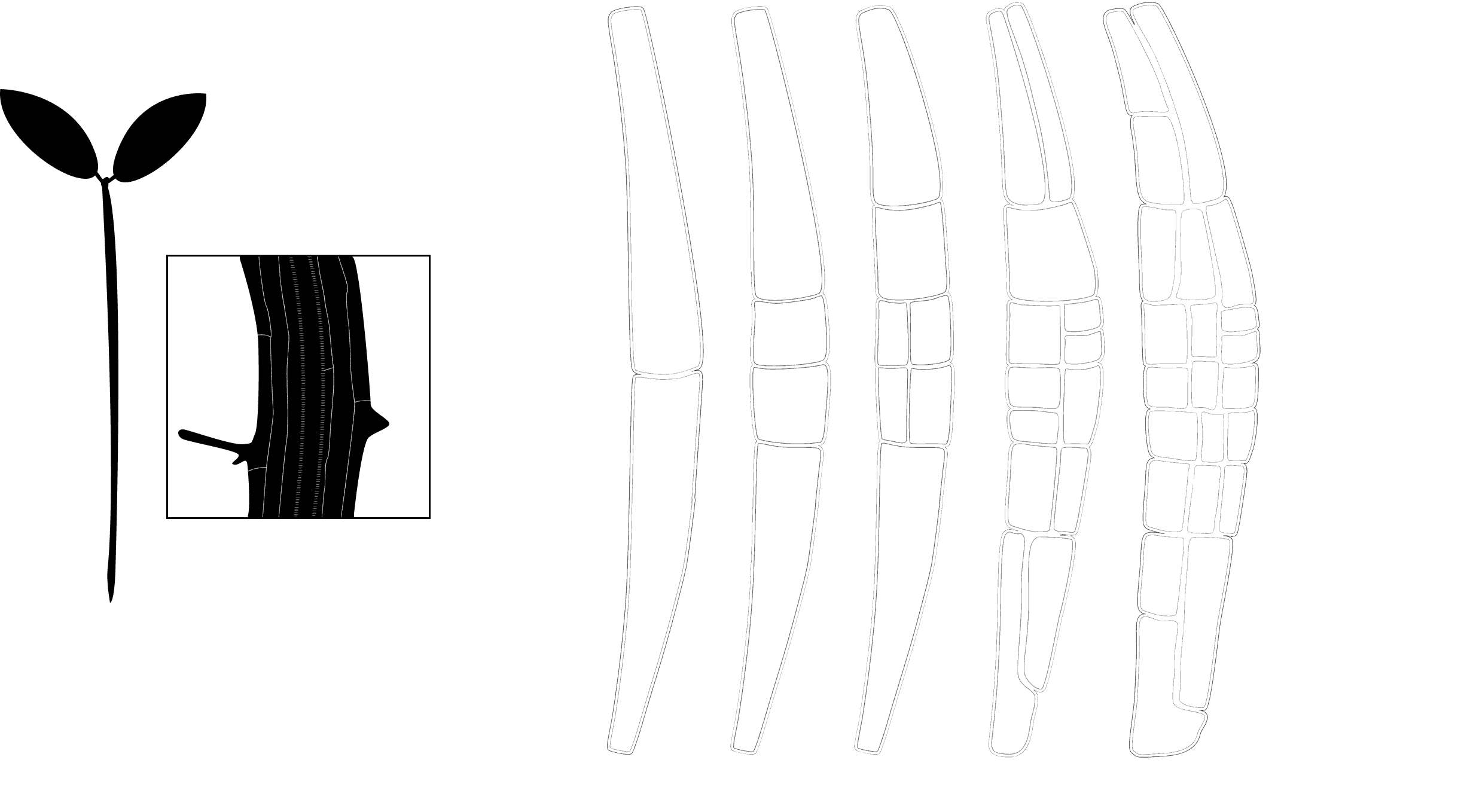

Molecular GreenGate cloning method to generate a vector containing a constitutively active amiR gene driven by the promoter of GATA23. When the vector is transformed into an organism the amiR can silences a mRNA transcript of choice. To clarify, in this short gif the amiR gene consists of the entire red transcript and additionally contains an amiR* and amiR region, only the amiR region is cut by DICER and used in the RISC complex.

Gravistimulation of an Arabidopsis thaliana seedling. The seedling is turned up-side-down to generate a root bend. In the root bend the chance of a lateral root primordia initiating its growth is increased as a result of auxin accumulation at this location. Sidenote: Auxin is a protein that may be considered the most important regulator of plant development.

Lateral root primordia (LRP) growth initiated from an Arabidopsis thaliana seedling's primary root. The first three stages of LRP growth are shown. Specifically in this image the cellular localizations of three polarly localized cell-membrane-bound proteins named SOSEKI are shown.